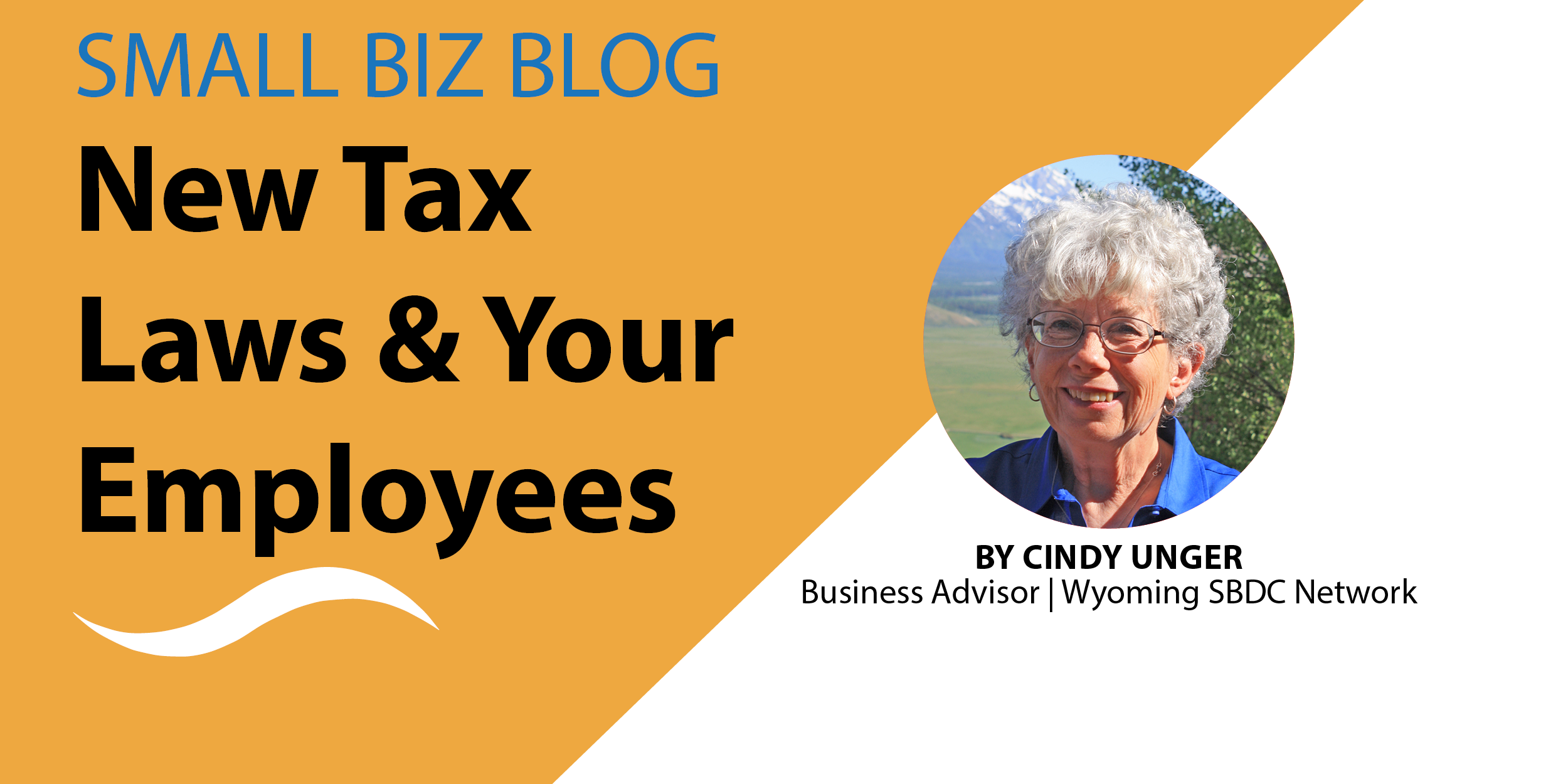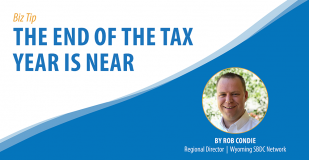Since the new tax bill became law, not much has been said about employee withholdings. We’ll walk you through the new changes, using the IRS Tax Withholding Calculator, and what you should tell your employees so they can avoid any surprises next tax season.
The Tax Cuts and Jobs Act took effect in 2018, and with it came the following changes: increased standard deduction, fewer personal exemptions, increased child tax credit, limited or discontinued deductions and revisions to tax rates and brackets. These changes and updated withholding tables are outlined in more detail in IRS Publication 15.
The good news is that these updated withholding tables are designed to work with the W-4 forms your employees already have on file – meaning that most employees do not have to revise their forms.
However, there are a few cases where employees need to revise their W-4s. The IRS recommends that individuals with the following circumstances use the IRS Tax Withholding Calculator to determine whether they need to revise their W-4s:
• Two income families
• People who work two or more jobs or only work part of the year
• Taxpayers who can claim child tax credits or have older dependents, including children aged 17 and above
• Individuals who itemized deductions in 2017
• Individuals who earn high incomes and have more complex tax returns
• Those who had large tax refunds or bills in 2017
In addition, anyone whose personal circumstances have changed (starting a new job, marriage, divorce or a change in the number of dependents) should check their withholding.
My tax return is fairly complicated, so I tried the IRS Tax Withholding Calculator myself. The process took about 10 minutes and was quick and easy. If you are an employer, you should encourage your employees to take the time to use the calculator, in order to be sure that their withholding is correct. Employees will need numbers from their 2017 tax return to put into the system. Checking early in the tax year should avoid unnecessarily large refunds or unexpected tax bills next year.
For more help on any other issues relating to employer taxes, contact your local Wyoming Small Business Development Center advisor.
About Cindy
Cindy Unger has been with the SBDC Network for over 18 years. She is a business advisor and also “moonlights” as the Database manager. Cindy has owned a number of small businesses throughout her career, including a fine dining restaurant and a want ad newspaper. She has lots of enthusiasm and empathy for small, start-up businesses and loves helping them succeed. With an undergraduate degree in Retail Marketing and a graduate degree in Anthropology, research, planning and writing business plans are second nature to her.
When she’s not in the office:
Cindy and her kayak can usually be found on any available body of water. If not paddling, she and her canine, Mr. Bogart, spend a lot of time wandering Casper’s Morad Dog Park.The Wyoming SBDC Network partnership program is funded in part through a cooperative agreement with the U.S. Small Business Administration. Additional support is provided by the Wyoming Business Council and the University of Wyoming.






